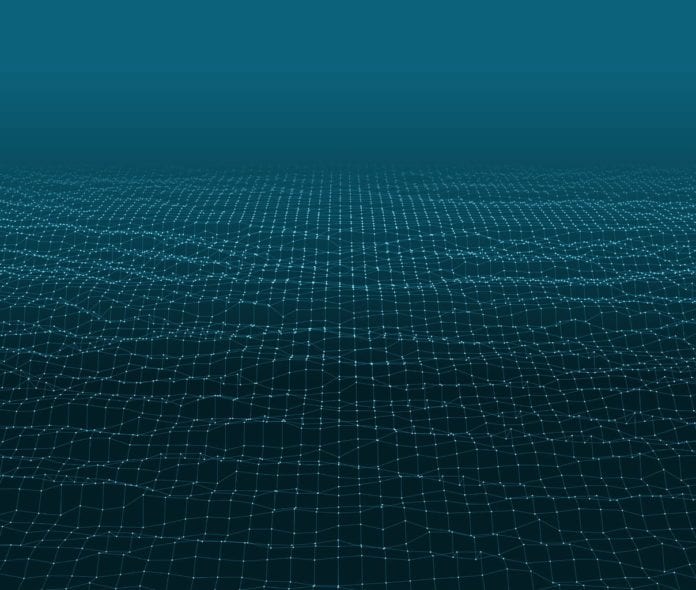The Defense Advanced Research Project Agency is kicking off a new program that envisions taking the internet of things to grand scale, using IoT technology for “persistent situational awareness over large ocean areas” — or what it calls the “ocean of things.”
DARPA’s Ocean of Things project would involve “deploying thousands of small, low-cost floats that could form a distributed sensor network,” the agency said. “Each smart float would contain a suite of commercially available sensors to collect environmental data—such as ocean temperature, sea state, and location—as well as activity data about commercial vessels, aircraft, and even maritime mammals moving through the area. The floats would transmit data periodically via satellite to a cloud network for storage and real-time analysis.”
“The goal of the program is to increase maritime awareness in a cost-effective way,” said John Waterston, program manager in DARPA’s Strategic Technology Office (STO). “It would be cost-prohibitive to use existing platforms to continuously monitor vast regions of the ocean. By coupling powerful analytical tools with commercial sensor technology, we plan to create floating sensor networks that significantly expand maritime awareness at a fraction of the cost of current approaches.”
The Ocean of Things program will focus on two major technical challenges. DARPA wants proposals for the design of the sensor floats, with the following caveats: the float and its collection of sensors must be able to handle harsh ocean conditions; report information for at least one year; be built from environmentally safe materials; safely dispose of itself in the deep sea at the end of its useful life; and pose no danger to vessels, among other requirements. The other challenge involves the processing and analytics to make sense of all the data coming from those floats. DARPA will require proposers “to develop cloud-based software and analytic techniques to process the floats’ reported data. This effort includes dynamic display of float locations, health, and mission performance; processing of environmental data for oceanographic and meteorological models; developing algorithms to automatically detect, track, and identify nearby vessels; and identification of new indicators of maritime activity.”
DARPA is holding a “proposers’ day” event on Jan. 4th in Arlington, Va. for interested parties and will be putting out an official solicitation soon.
Image: 123RF Stock Photo

